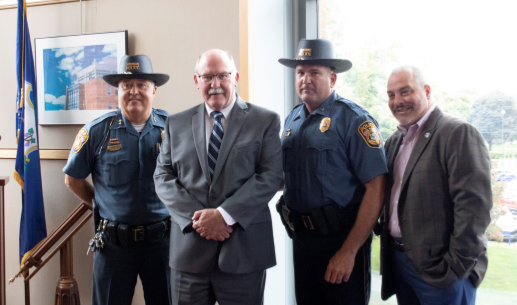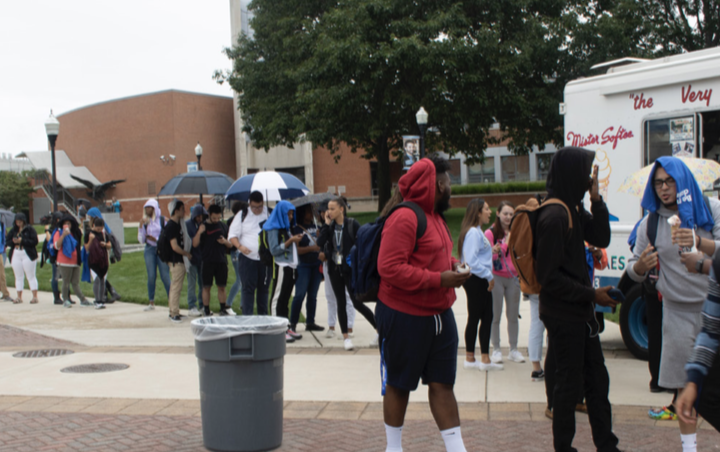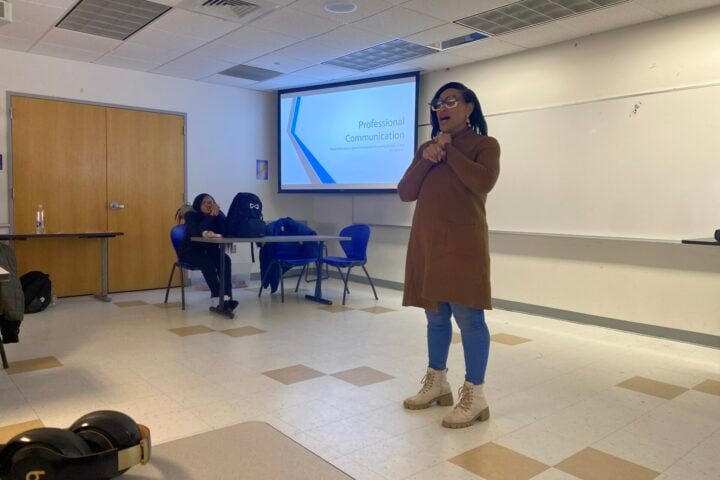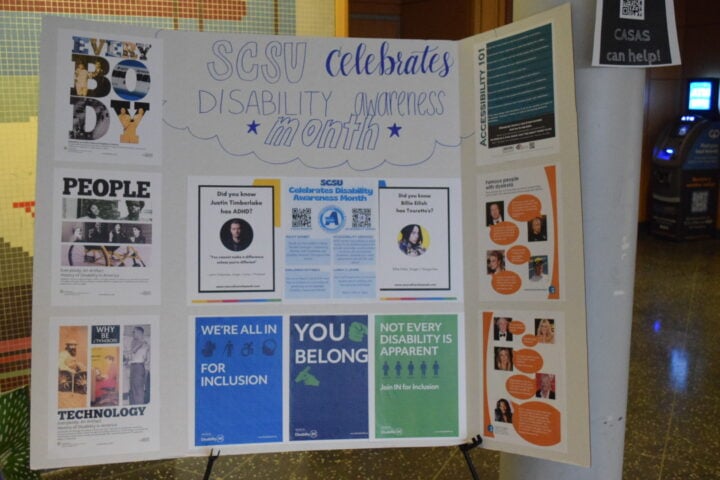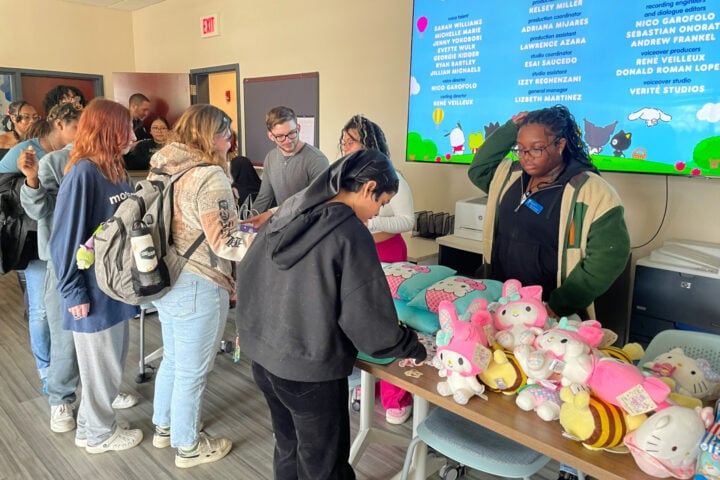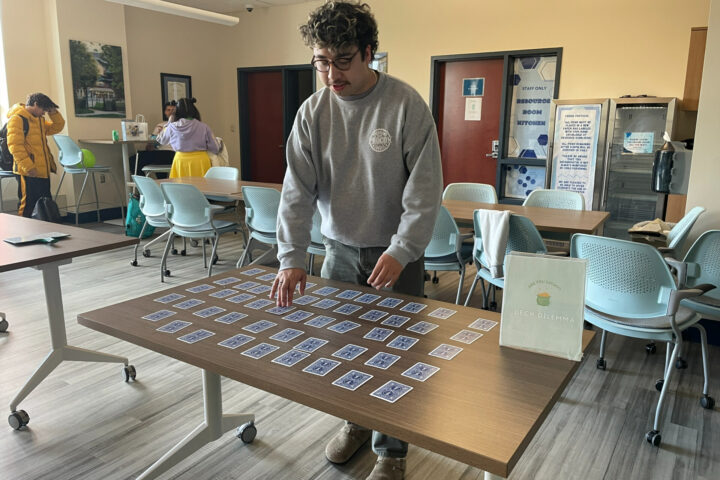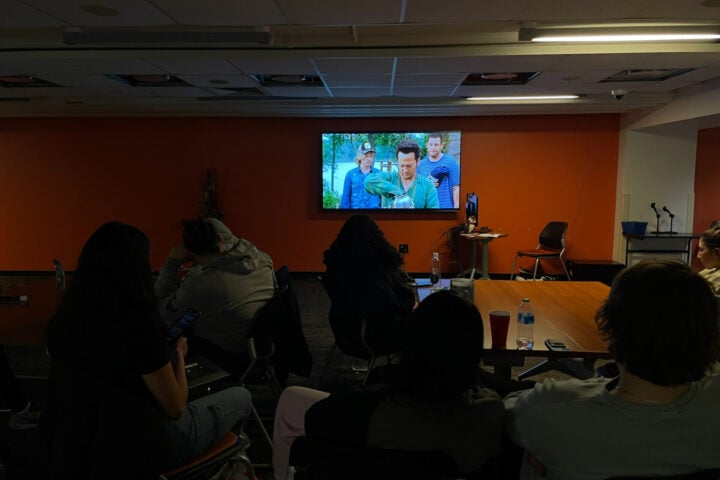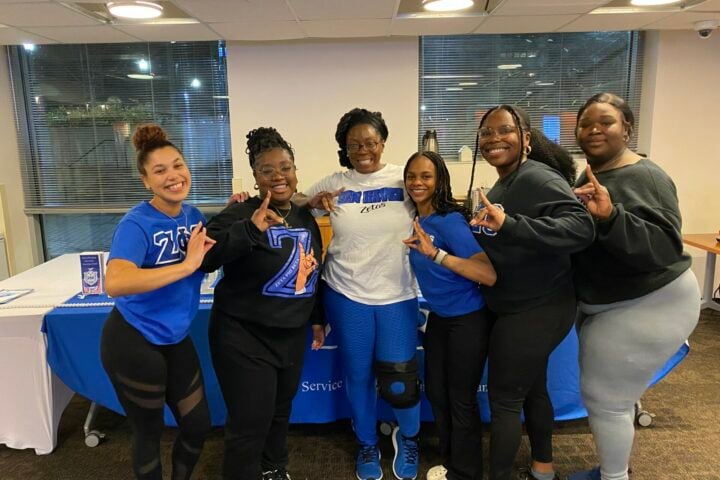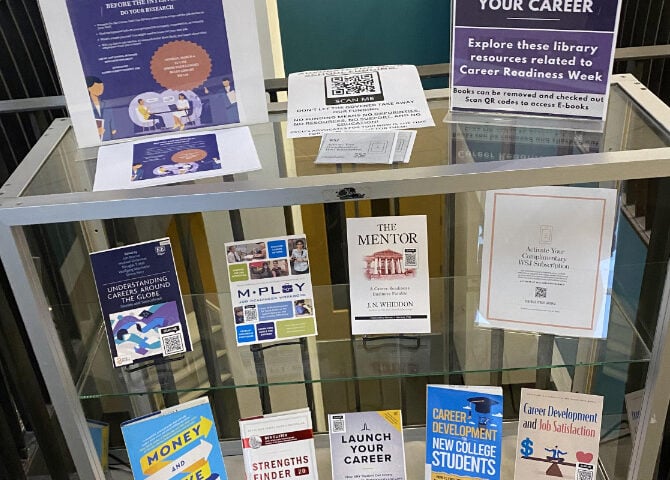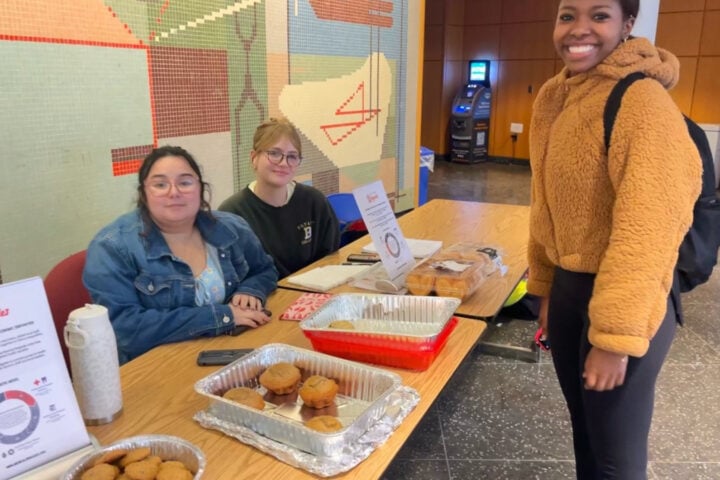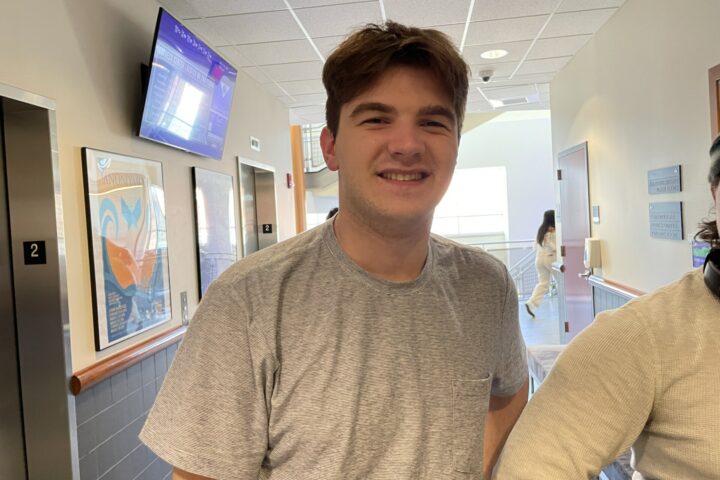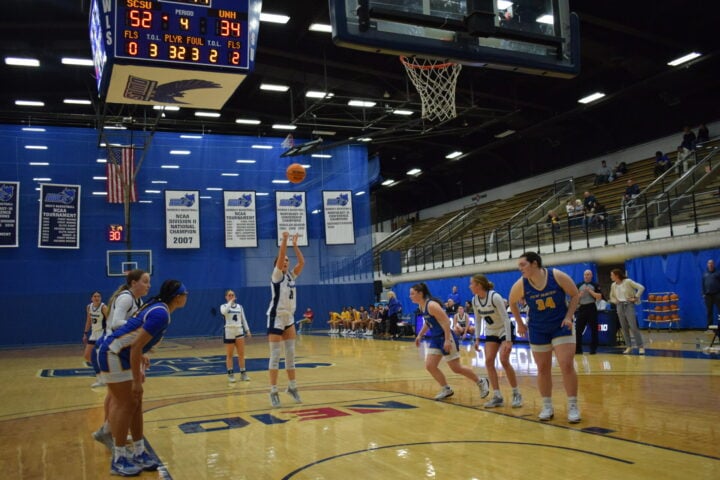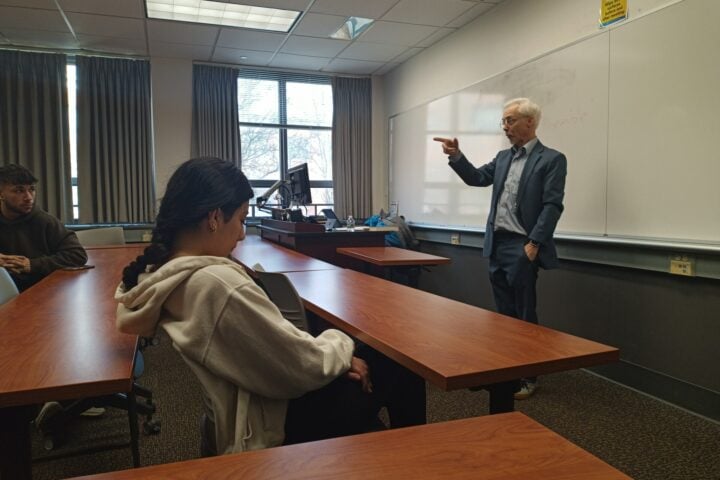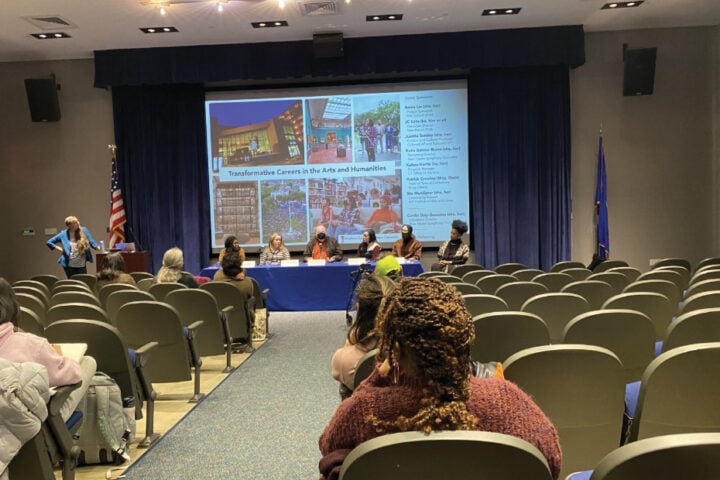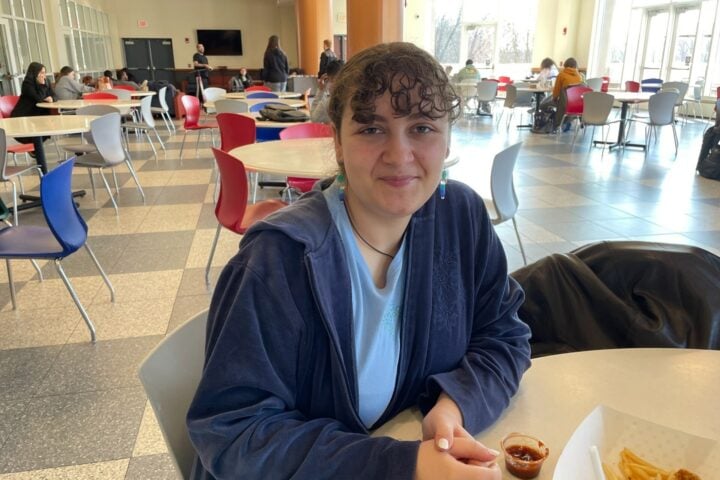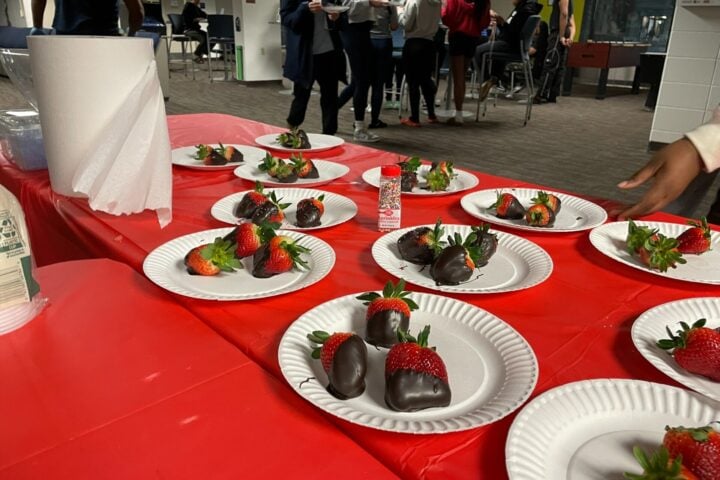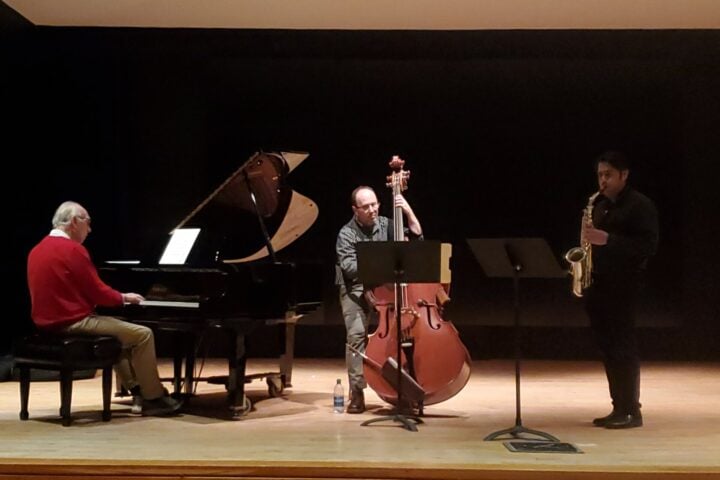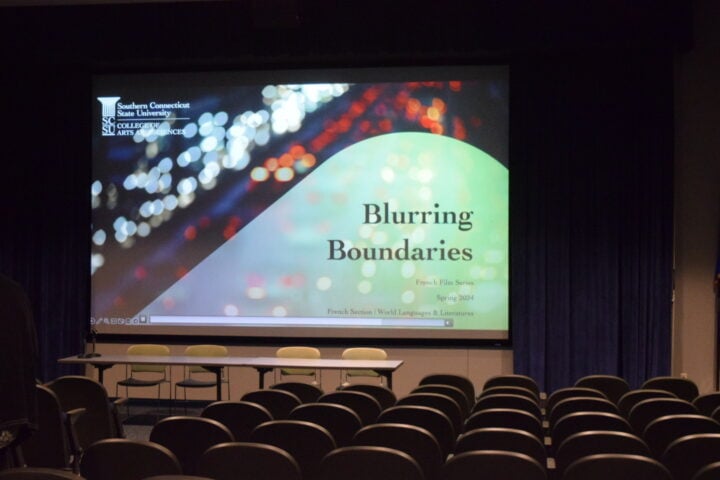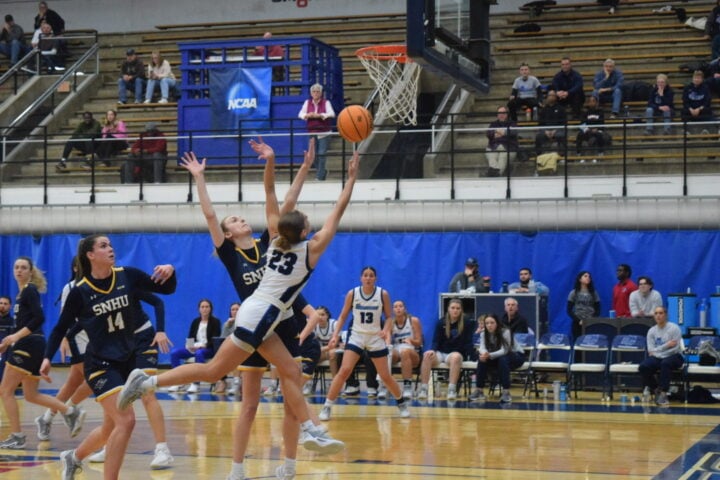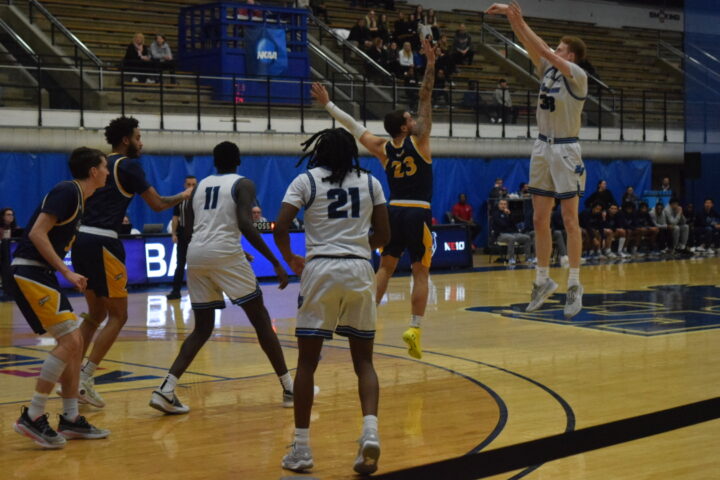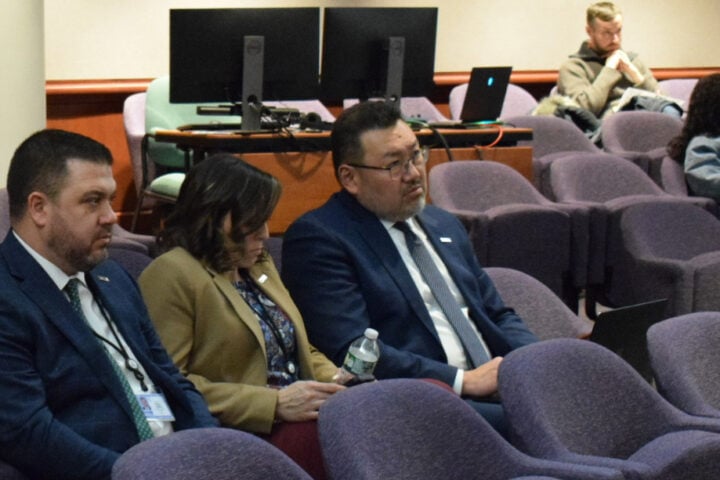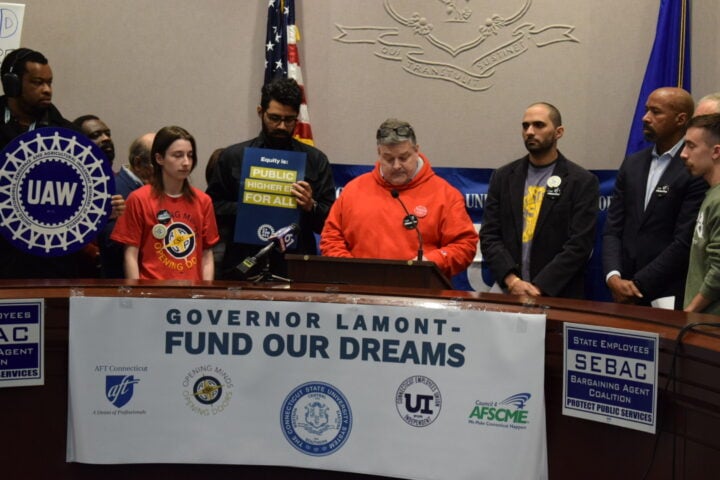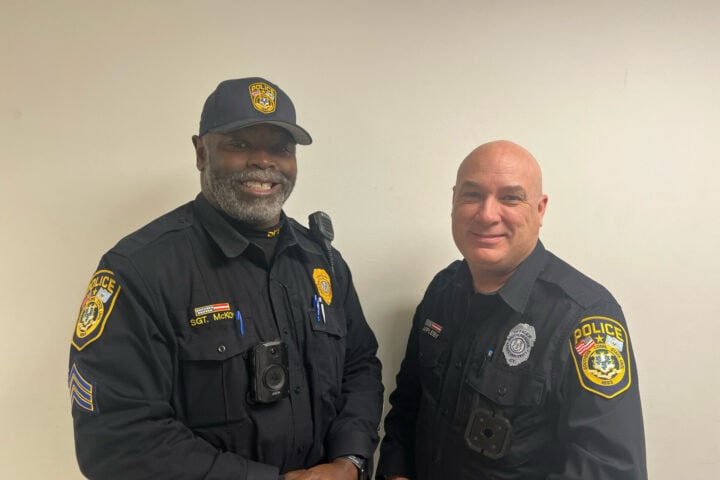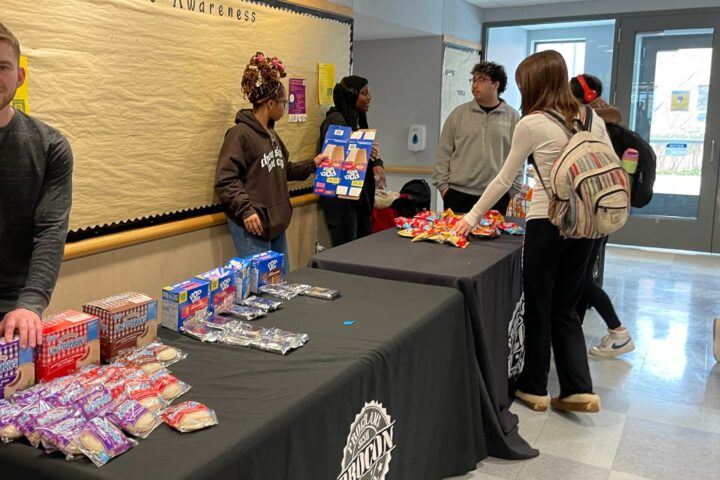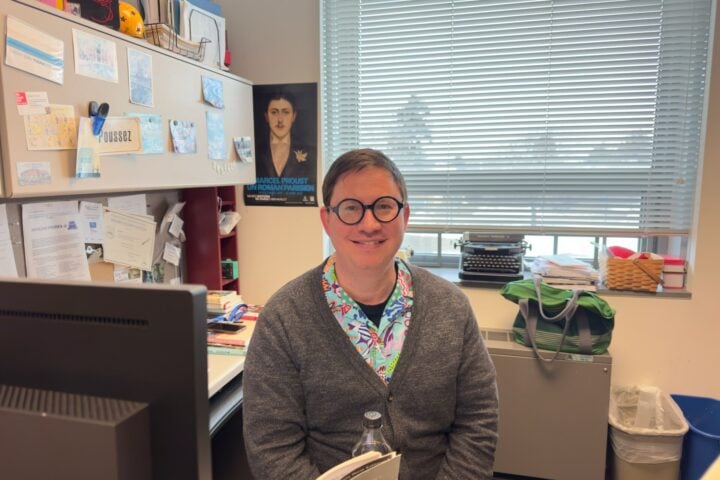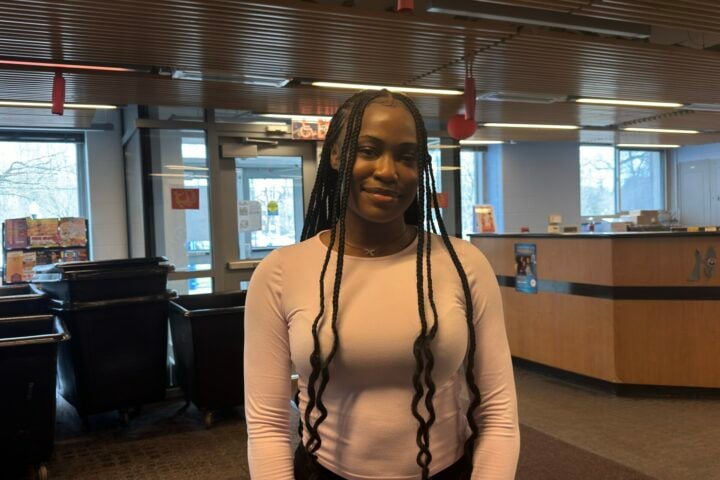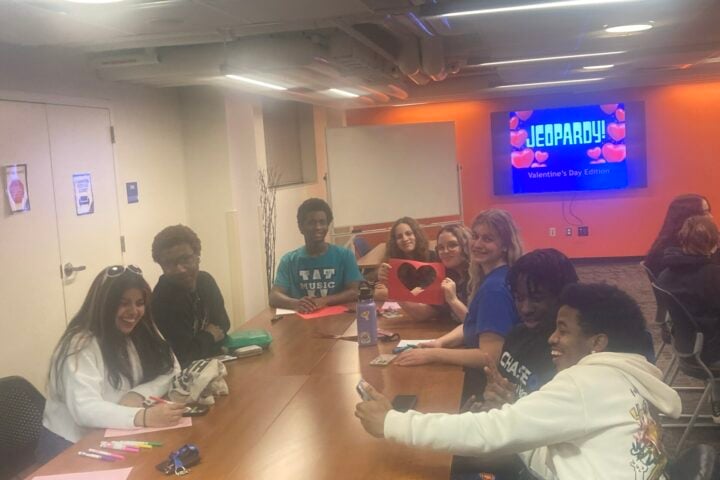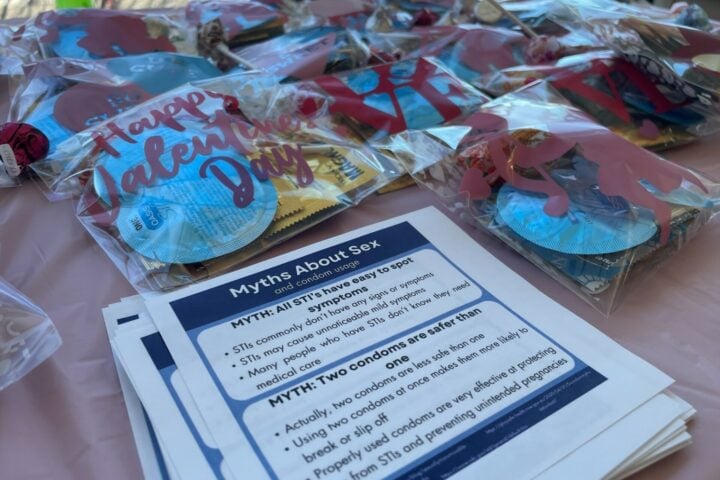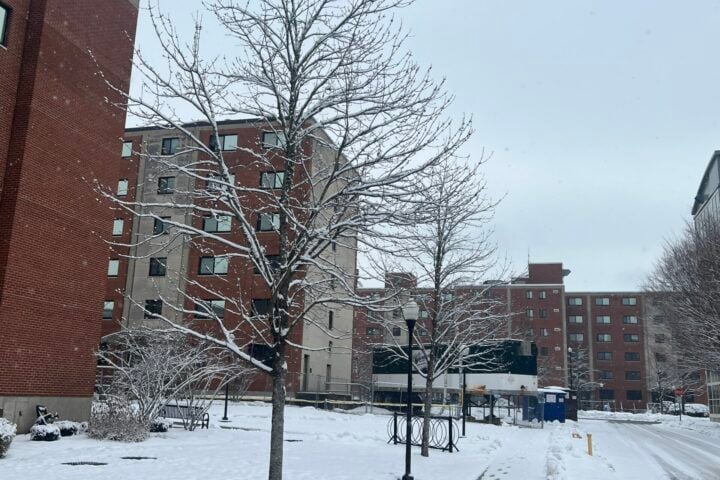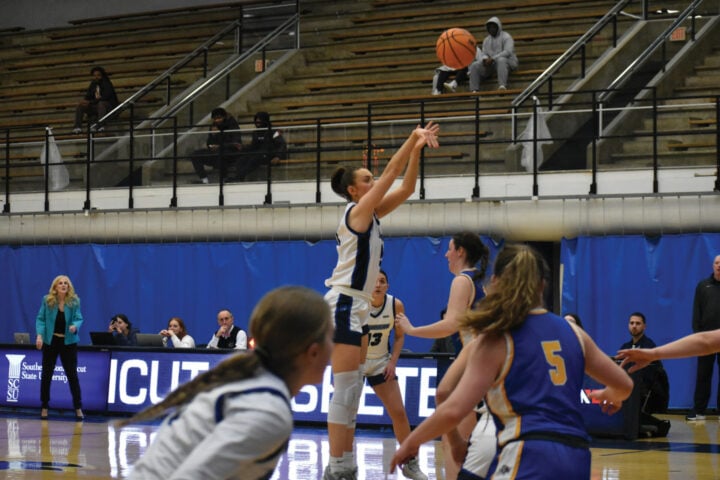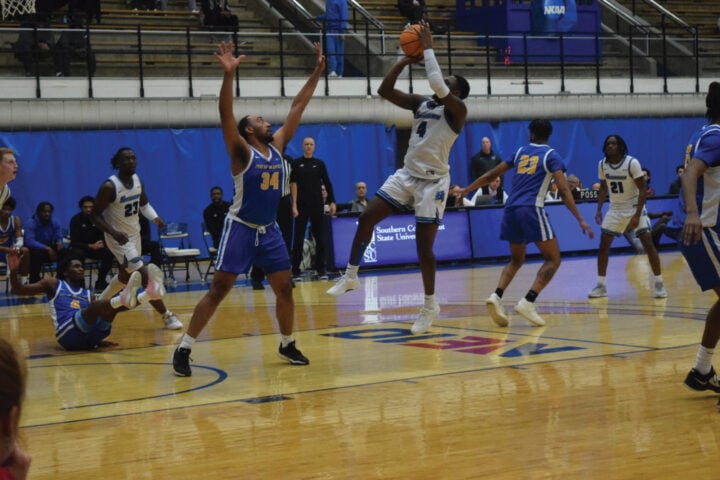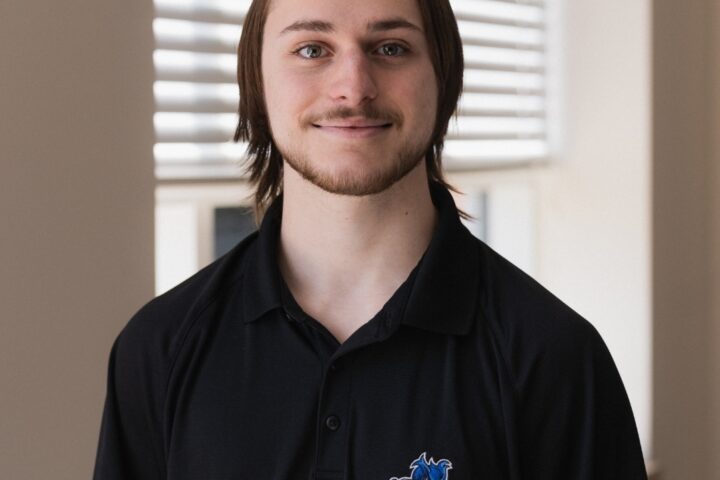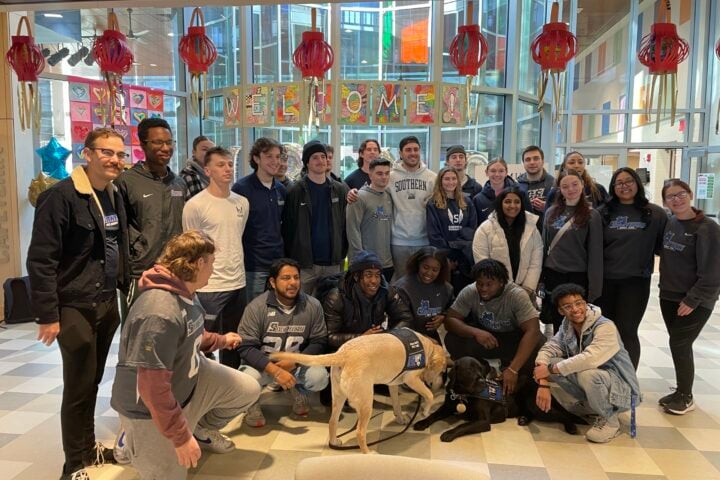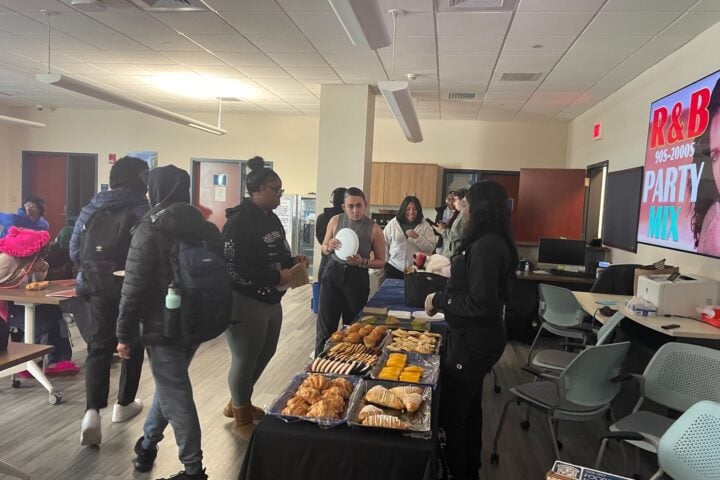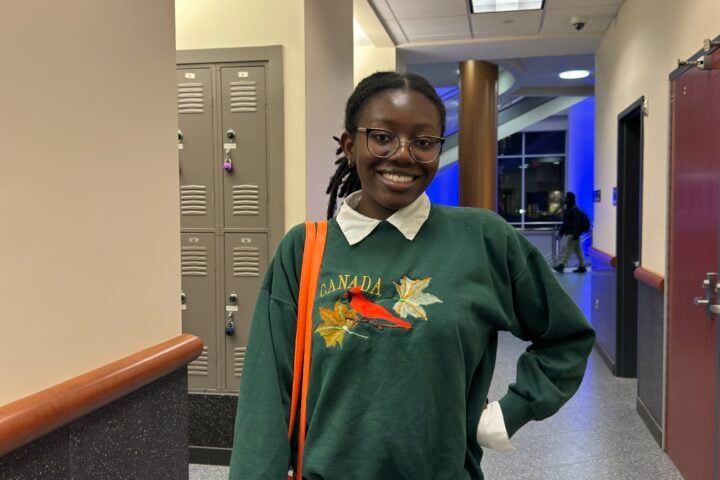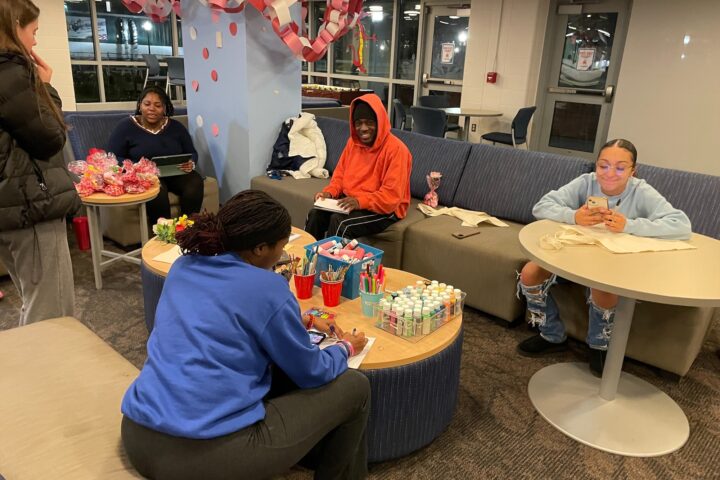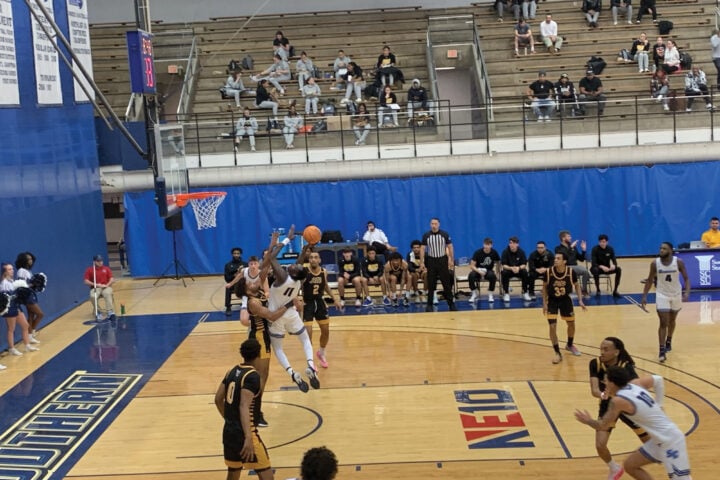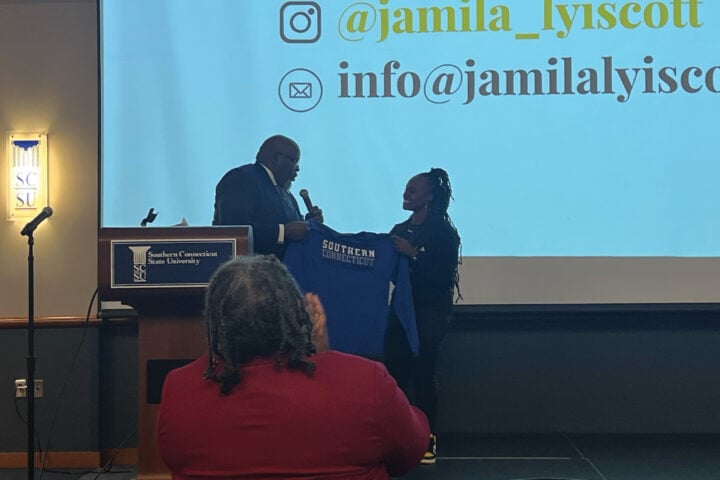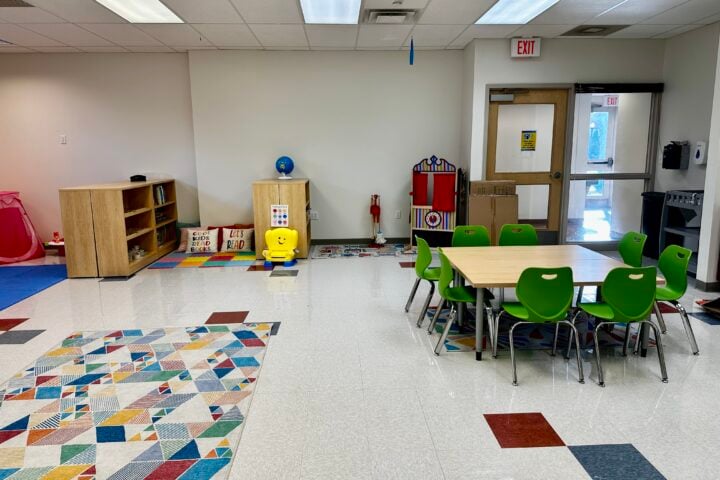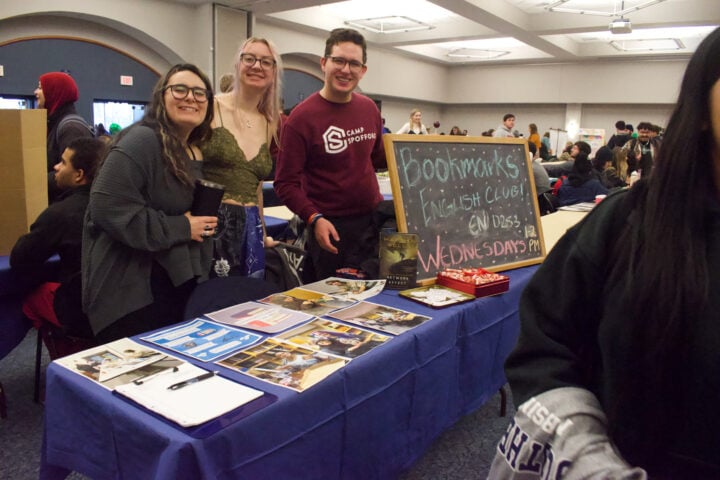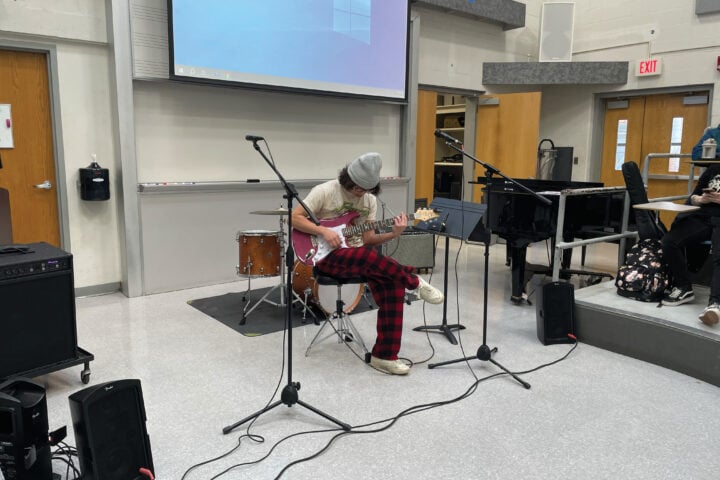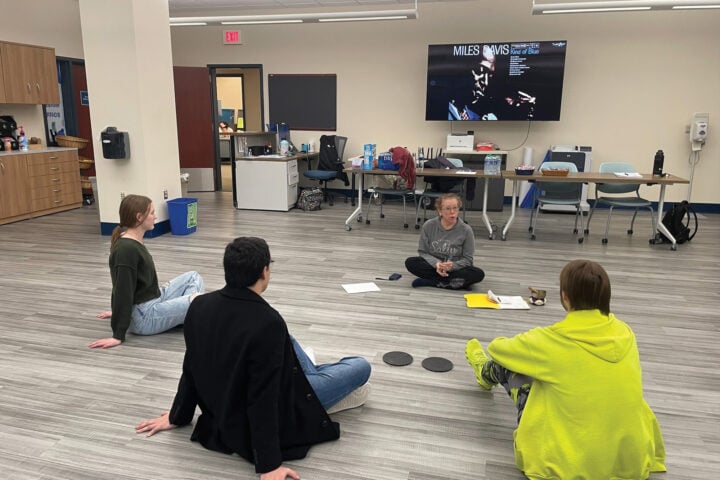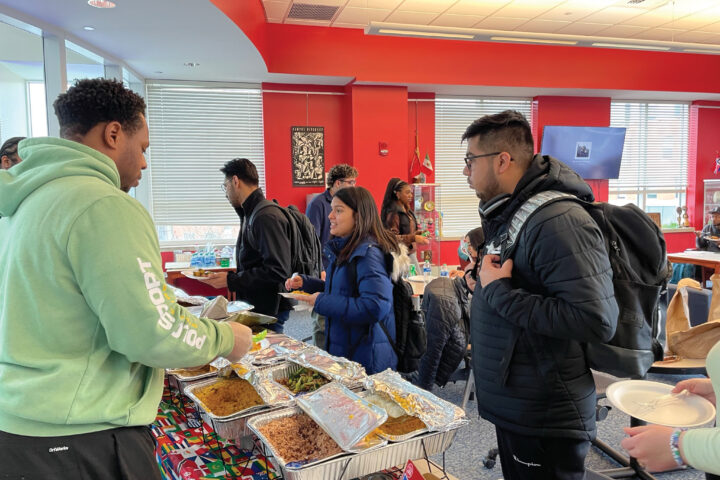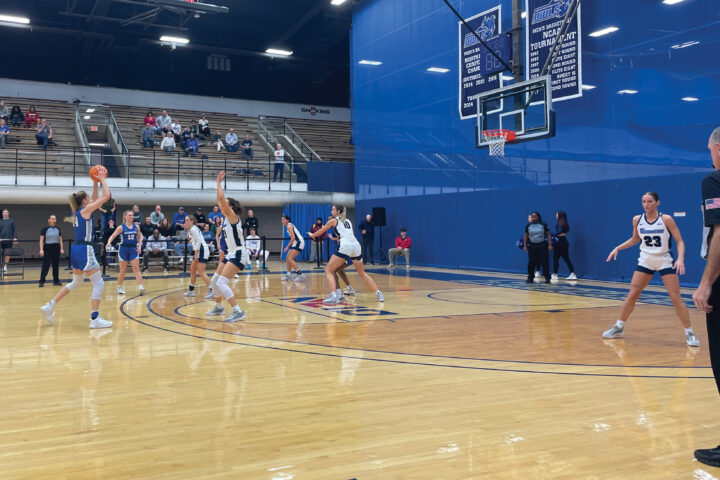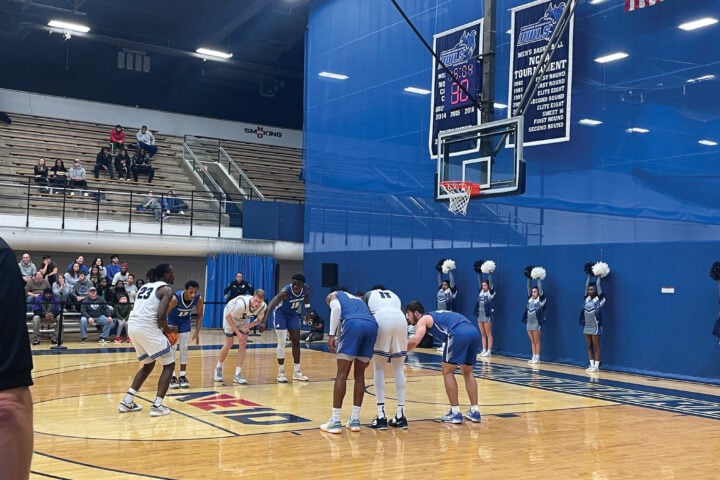Special Report – Special to the Southern News
For most students the decision was simple: Southern Connecticut State University. More
than half of prospective students familiar with the university are “likely to consider” Southern,
according to a 2016 SimpsonScarborough survey.
University enrollment trends, however, tell a different story of which students choose to stay
or leave from semester to semester. While the university’s headcount increased by 4 percent
from spring to fall 2016, it fell by 6 percent or a loss of 601 students from fall 2016 to spring
2017 for a loss of 601 students, according to the Southern Factbook. The preceding fall 2015 to
spring 2016 showed a recurring loss of 6 percent.
To fully understand students’ reasoning for choosing to attend and then remaining at the
university, the journalism department’s news writing class created a survey and distributed it to
Southern students at random. The survey, which was unscientific, was done over a two week
period and reached a total of 430 random native, transfer and exchange students of varying
years and majors.
Administration and faculty from various departments were interviewed to garner what
attracts prospective students to the university and efforts made towards retention. Students
were selected from their individual surveys to be interviewed about their decisions to enroll.
The journalism students also analyzed a 2016 SimpsonScarborough study as basis for their
data. The study was performed in partnership with Southern to “serve as the foundation for a
new or refined brand strategy.”
For some students, like Christina Costa, a sophomore education major, deciding to come to
Southern was difficult due to the stigma of attending a public university.
“My high school was very biased towards state schools because everyone goes to those big
name private schools and what not,” said Costa. “So, coming to a state school, it was just kind
of like, ‘Oh your going to southern, ew.’ That type of thing.”
President Joe Bertolino said, from his perspective, Southern has a reputation problem. Since
his presidency began, he said he has been surprised by the amount of people who have either
never heard of Southern or considered it a “safety school.”
“I also think students are enamored by name recognition,” said Bertolino. “Students will go
to UConn in Stamford just to say that they go to UConn. But, I can guarantee you they would
have a far better experience here.”

Students surveyed were asked to rank Southern when looking at schools.
Location and cost
Financial aid, location and transportation, personal choice, majors and programs were the
options posed to students in the survey to distinguish why they enrolled in or transfered to
Southern.
The SimpsonScarborough study stated prospective students mentioned Southern’s diversity
as an “appealing attribute,” but discerned location and cost as both “appealing and
unappealing.”
Bertolino said for many students, Southern is an affordable option. The university provides
a high-quality education, but saves them the money they would have spent at a private
institution.
“Even with some financial aid, we give you a few thousand dollars,” said Bertolino. “You’ll
still be spending a lot less and I think you’ll get just as good — if not better — of an education.”
Nicole Fischer, a junior communication disorders major, said she was able to get a quality
education without paying a high price, like at other state schools, by going to Southern.
“I wanted to go to (University of Rhode Island), actually, and it’s always financial,” Fischer
said. “You have to be realistic with yourself and just understand that you’re going to get your
education either way for four years so it is kind of nice to be close and just know that it is going
to be affordable.”
The university’s location can influence how a prospective student ranks Southern among
other choices. Southern “is the college in the backyard,” said Bertolino.
After leaving the University of Connecticut, Kasie-Lynne Kelly, a senior English
secondary education major, transferred to Southern to pursue her teaching degree.
Growing up in the New Haven area, Kelly said there is stigma attached to Southern because
“it is on our backyard.”
“It comes a lot from most of us coming from New Haven county,” said Kelly. “Hearing the
name growing up and that stigma, I think, is what feeds into the negative idea.”
According to Southern’s 2017 Top 20 Connecticut Towns and Top 20 Feeder High Schools
survey, which studied where in the state freshmen primarily come from, 832 undergraduate and
graduate students at Southern are New Haven residents.The top three Connecticut high
schools with students accepted to Southern are Shelton, Hamden and West Haven.
“We actually do well recruiting from the bulk of the state,” said Bertolino. “Where we do not do
well is recruiting in the city of New Haven.”
Relationships and involvement
Michael Ben-Avie, the director of the Office of Planning and Assessment, said relationships
with other students, professors and organizations help students graduate from Southern.
“One of the most wonderful parts about the college experience,” Ben-Avie said, “is that
students interact with people who are very different than themselves and come from different
backgrounds and had different educational experiences.”
Typically, students will form more relationships when involved in various on-campus clubs
and organizations. According to the Predicting On-Time Graduation executive summary, both
the number of earned credits in combination with participation in campus contributing to
graduating on time.
Ben-Aive said commuter students who only come to campus to attend class and immediately
leave have a more difficult time creating relationships with both students and faculty.
According to data gathered by the News Writing class on students involved in clubs, sports
and other organizations, 49.5 percent of commuter students are involved and 50.5 percent are
not. That is opposed to 71 percent of residents being involved and 29 percent of residents not
involved.
“For many students their connection with Southern is so tenuous,” said Ben-Aive. “If they’re
only here when they have class, they come in for the class and then they leave campus.”
Through the help of her adviser English professor Andrew Smyth, Kasey Lynne Kelly said
she was put “on track to find her passion” at Southern. In addition, Kelly has met several
Southern professors who she said “went out of their way to support and help” students. The
staff helped Kelly find a “home” in the English department, she said.
Even in lower level English courses, Kelly said students will receive attention from their
professors. In the secondary education department, she said a select group of students are
always together due to the program. At UConn, Kelly said it was easy to disappear in larger
classrooms and let attendance fall by the wayside.
“I think, definitely that helps,” said Kelly, “because not only am I finding staff who are really
receptive and open, and amazing, but I find students that I connect with and I am always with to
support and help [me], to talk to because of the program’s smaller classes.”
Lack of connections
Ben-Avie said several students are second-generation or legacies — these students in
particular “tend to thrive here.”
“They come here, they know exactly what kind of experience they want,” said Ben-Aive.
“Even though Southern is drastically different than when mom attended Southern, still there is a
knowledge about the institution. The students know exactly what a Southern education offers
them.”
Nicole Fischer’s father attended Southern and reminisces on the ways the university has
transformed over the years.
“My dad went here,” said Nicole Fischer. “So, he had ties to the school. Everytime he comes
he says it is never the same — all the buildings are different, everything is different so that was a
personal kind of thing.”
One group difficult to reach to are the students who never intended to graduate from
Southern, said Ben-Aive. These students enroll to the university to complete general education
courses and then transfer out.
Despite the opportunities Southern has to offer, Ben-Aive said it may not influence their
decision to stay or remain at the university.
“We like to say ‘we prepare students for other universities,’” said Ben-Aive. “
Provost and Vice President of Academic Affairs, Robert Prezant said he hopes once a
student enrolls into the university they will change their minds about possibly transferring later
on.
“What I am hopeful is once students get here, if they come with the mindset that, ‘I am going
to go to Southern and then transfer to X, Y and Z,’ for whatever reason. Once they get here, all
of the things we’ve already talked about, take hold and they realize, ‘I may not get that
somewhere else. I may not get that personal attention. I may not get that mentorship or
experiential opportunity. I better stay here.’”

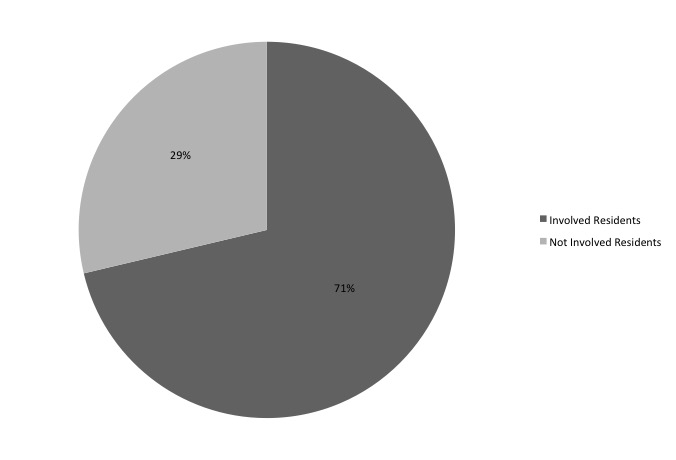
Percentages of commuters and residents that are involved and are not involved.
Photo Credit: Chloe Gorman


